Onsen tamago refers to eggs cooked gently in Japanese hot springs. They have delicate, custard-like egg whites and beautiful runny yolks. Paired with a dashi-based soy sauce, it's an incredibly light side that's also perfect for breakfast. Our recipe will show you how you can make onsen eggs at home with ease!
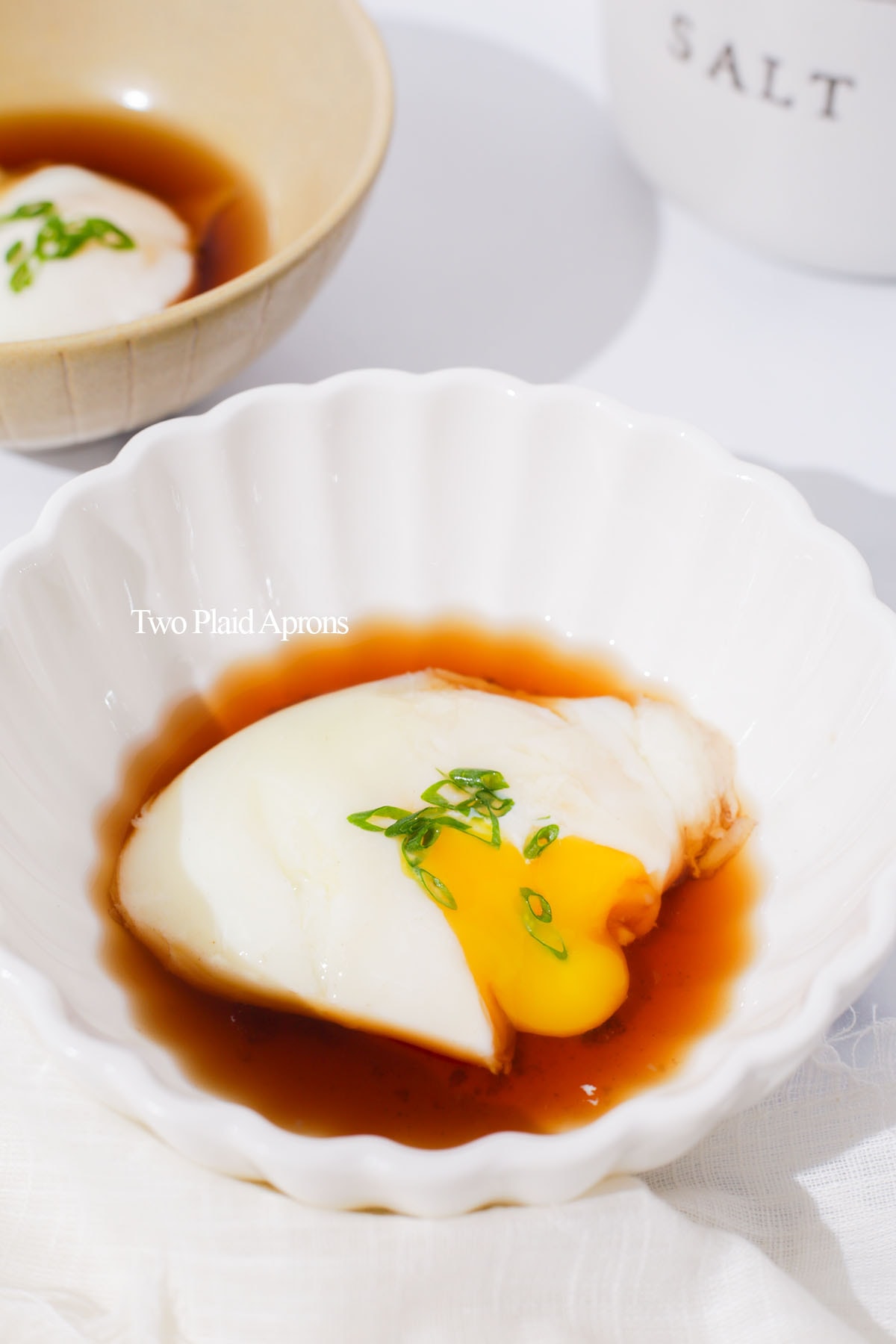
Onsen tamago (温泉卵) literally translates to hot spring eggs. These eggs are gently and slowly cooked in the hot spring until the whites are just set but still custard-like and the yolks are just starting to firm up but stays runny.
The texture of the eggs are really delicate and they are amazing with some lightly seasoned dashi broth! You can enjoy it as a side, for breakfast, mixed into rice as a quick snack, or as a topping for any dish that can use an egg.
If you're like us and love all egg dishes, we also recommend our Korean volcano steamed egg, Chinese tomato egg stir fry, and mayak eggs.
Jump to:
Ingredients
Please scroll down to the recipe card for the ingredient quantities!
- Large eggs - It is absolutely crucial that large eggs are used to make onsen tamago at home with our recipe. The size of the egg will affect the temperature of the water, which will affect the cook time as well. Also, make sure the eggs are cold and are from the fridge.
- Water - To cook the eggs perfectly, a combination of boiling hot water and room temperature water is needed to get the perfect temperature. Water will also be needed to make the seasoned dashi broth.
- Mirin - Adds some sweetness to the seasoned dashi broth which balances out all the savory.
- Soy sauce - We recommend light sodium soy sauce, but you can use regular soy sauce as well. Just use a touch less.
- Hondashi powder - Our favorite cheat to make dashi based sauces, soups, and dishes! Hondashi is really helpful when we didn't plan ahead or don't have the ingredients to make dashi.
- Green onion (optional for garnish)
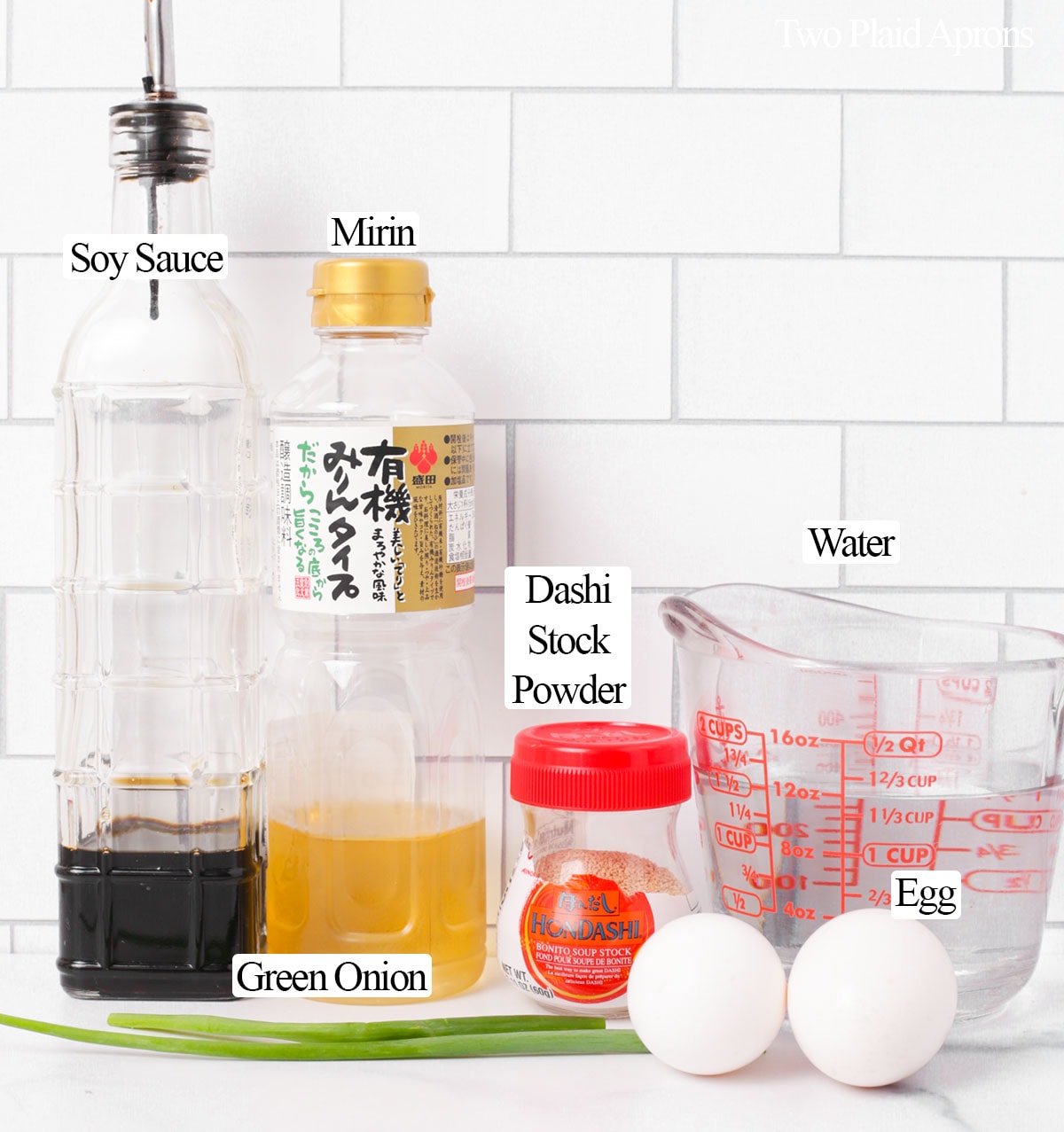
How to make onsen egg at home
1. In a saucepan, bring 6 cups of water to a boil. Remove the saucepan from the heat and add the remaining 1 cup of water.
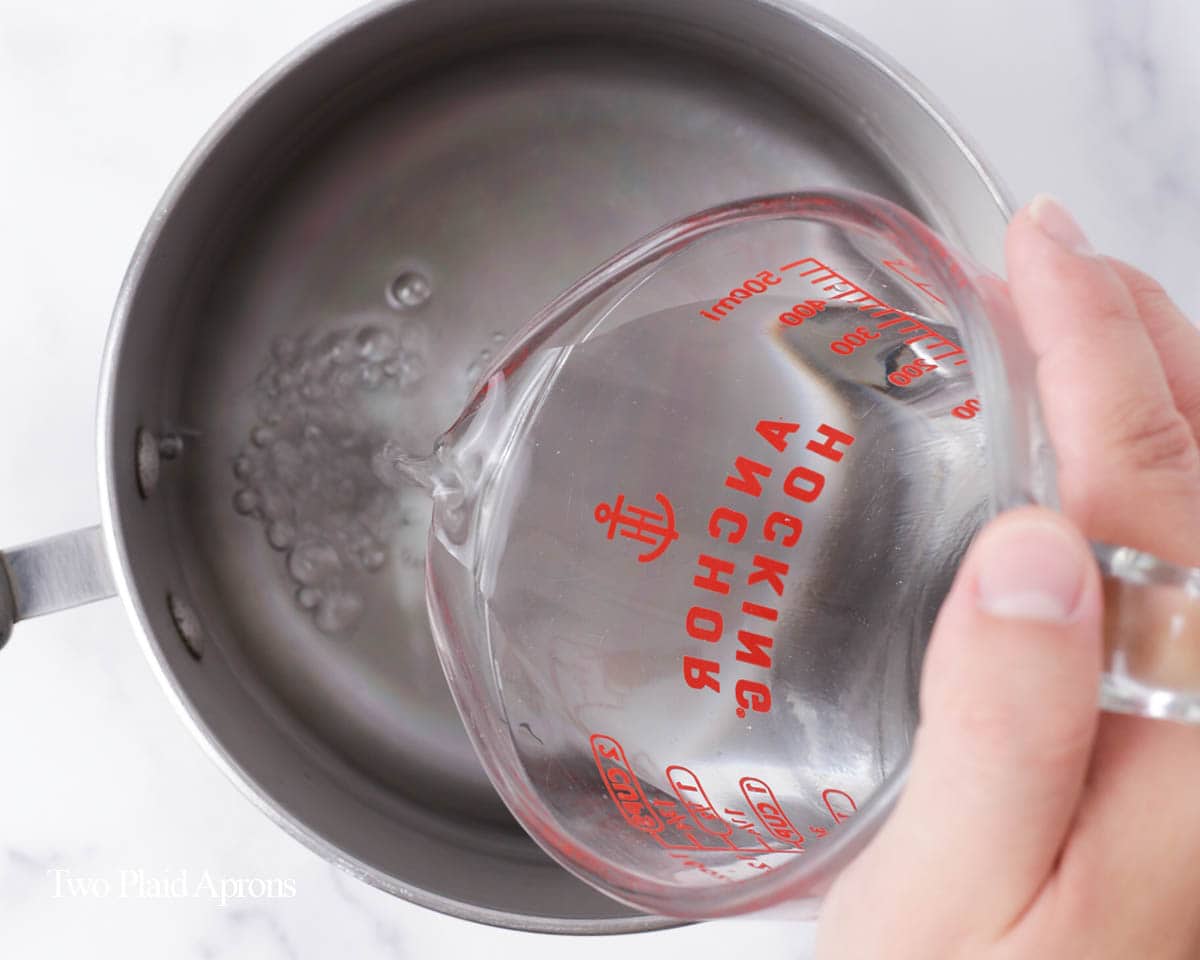
🌟 Pro tip: The purpose of adding room temperature water to the just boiled water is so that temperature drops. The ideal temperature to keep the water at is between 165°F and 175°F. You don't need a thermometer, but it will keep the temperature accurate.
2. Gently place the eggs into the hot water and cover the saucepan. Let the eggs sit for 18 to 19 minutes, then remove them from the hot water.
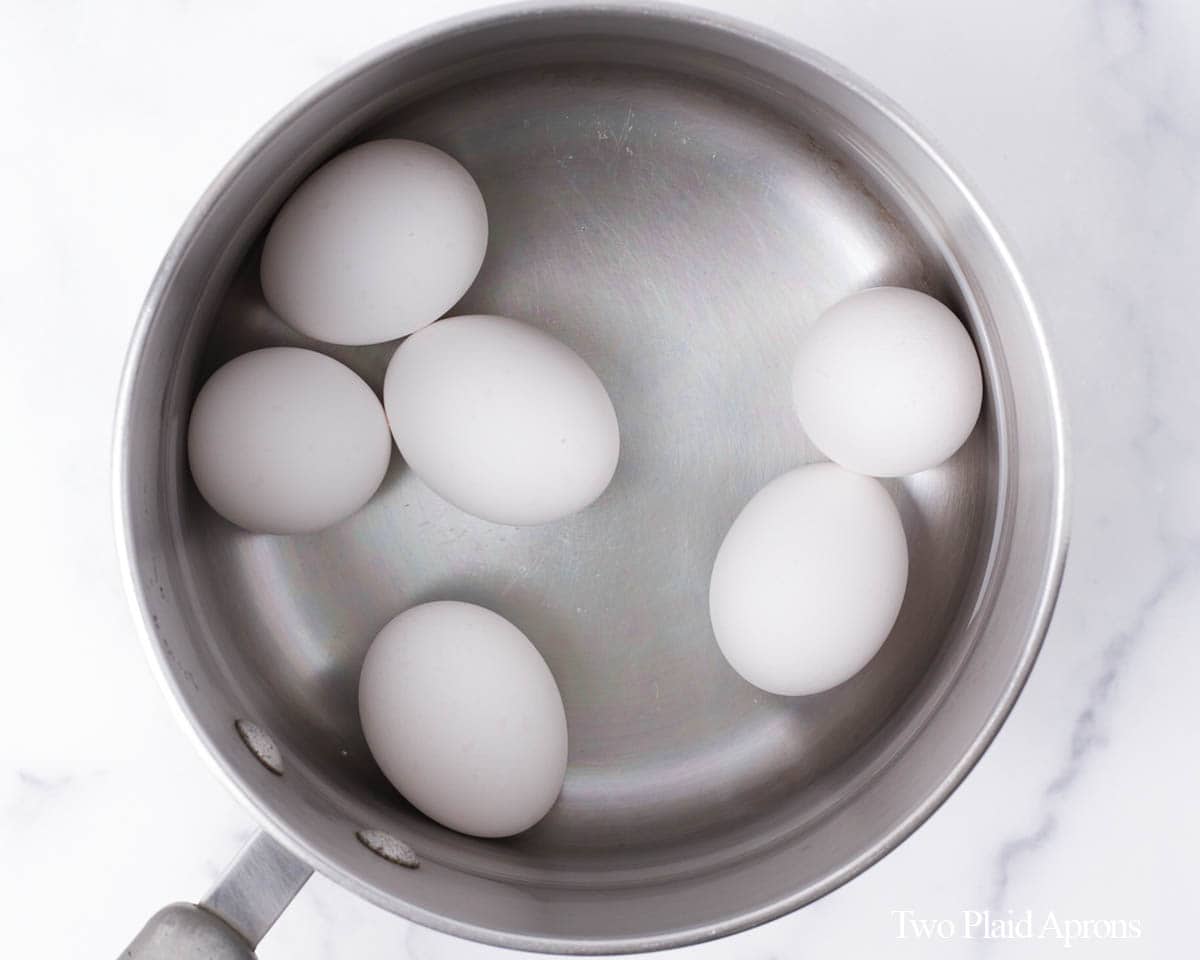
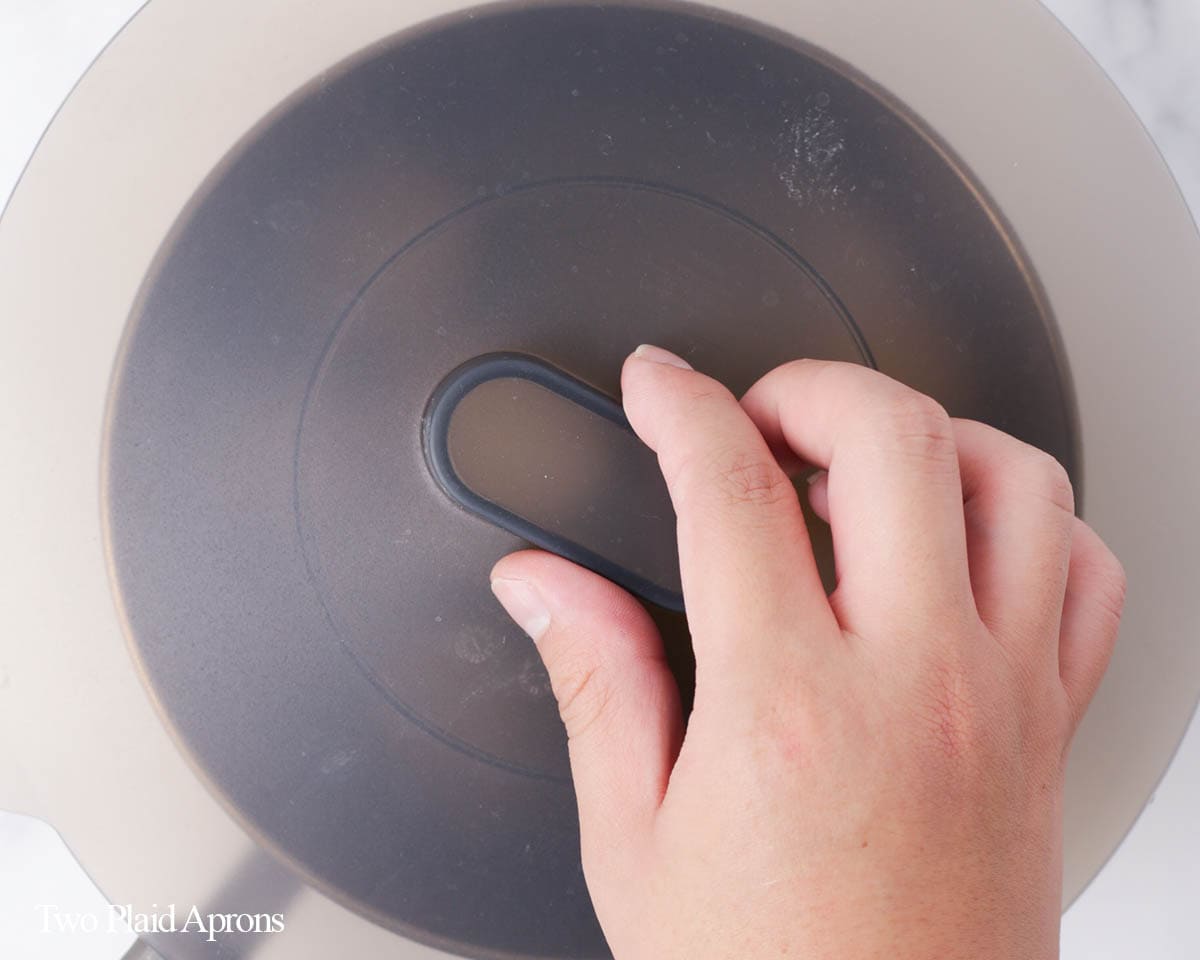
💡 Tip: We recommend a tall saucepan rather than a wide saucepan. You want the water to cover all the eggs once they are added.
3. Let the eggs cool for about 5 to 10 minutes, or until comfortable to handle.
How to eat onsen tamago
It is popular to eat onsen egg with some seasoned dashi broth, also known as dashi based soy sauce. The dashi broth is incredibly easy to make, with only water, mirin, soy sauce, and hondashi powder. It's perfect for breakfast or as a light side.
Otherwise, you can enjoy onsen eggs mixed together with some rice, soy sauce, and furikake, similarly to mayak eggs. You can also top any dish that is normally enjoyed with an egg or can use the creaminess of an egg, such as ramen dishes, like our kimchi chili oil ramen and budae jjigae.
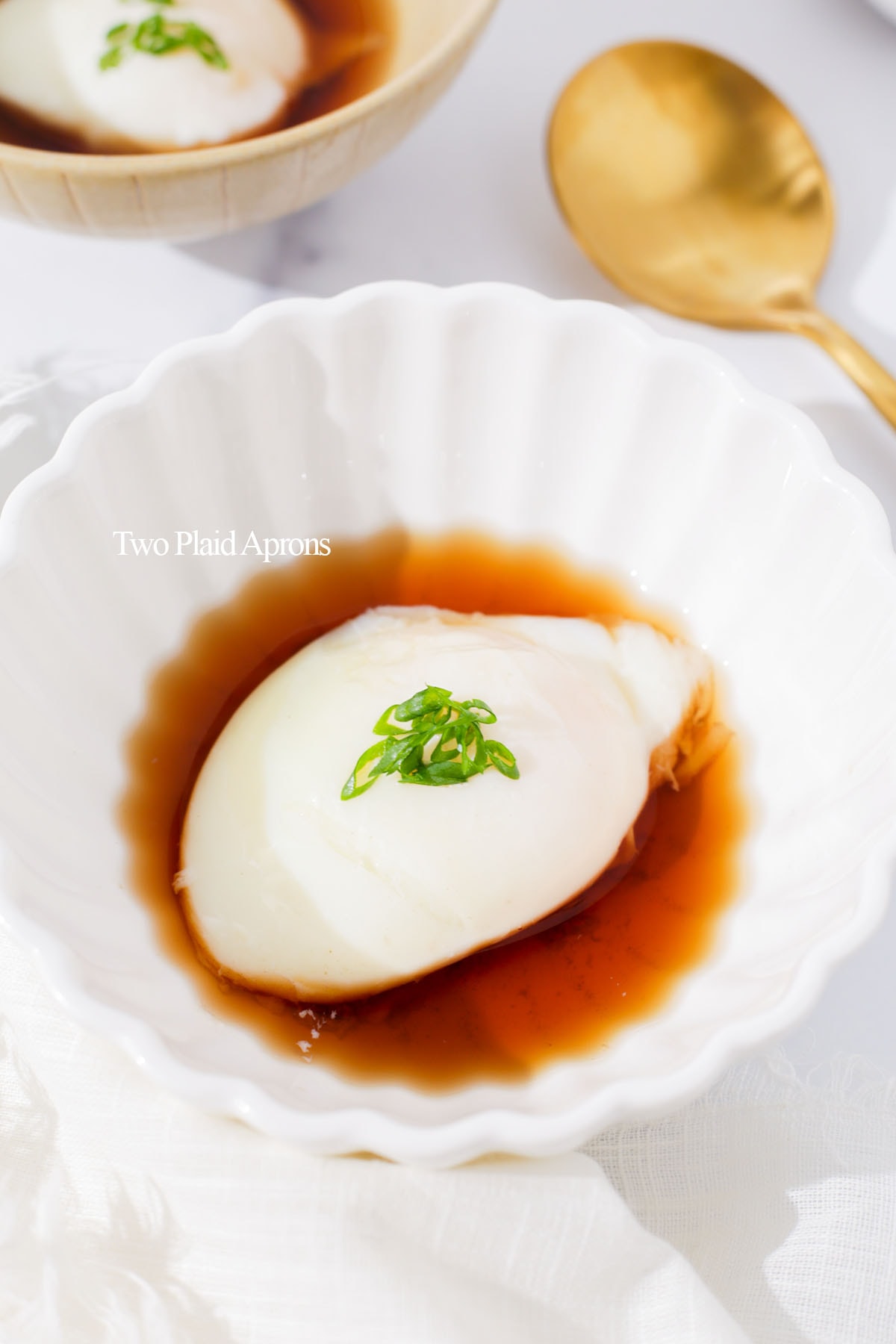
Recipe tips
- Although a thermometer is not required, the temperature is still the key in this recipe. Try to keep everything as relative as possible!
- Make sure to use large eggs and keep them cold in the fridge until ready to be added into the hot water. Otherwise, it can affect the temperature of the hot water.
- Room temperature water should stay between 70°F to 78°F. If the weather is super hot or super cold, you may not be able to use water straight from the faucet. The water should feel cool to the touch but not cold.
Storage and Reheating
Uncracked onsen eggs can be kept refrigerated for up to 2 days. You can enjoy the eggs cold if you'd like. To just take the chill of the eggs, remove the eggs from the fridge and let them warm up at room temperature.
If you prefer the eggs warm, you can reheat the eggs by placing them in hot water for about 10 minutes. Make sure the water is no hotter than 175°F.
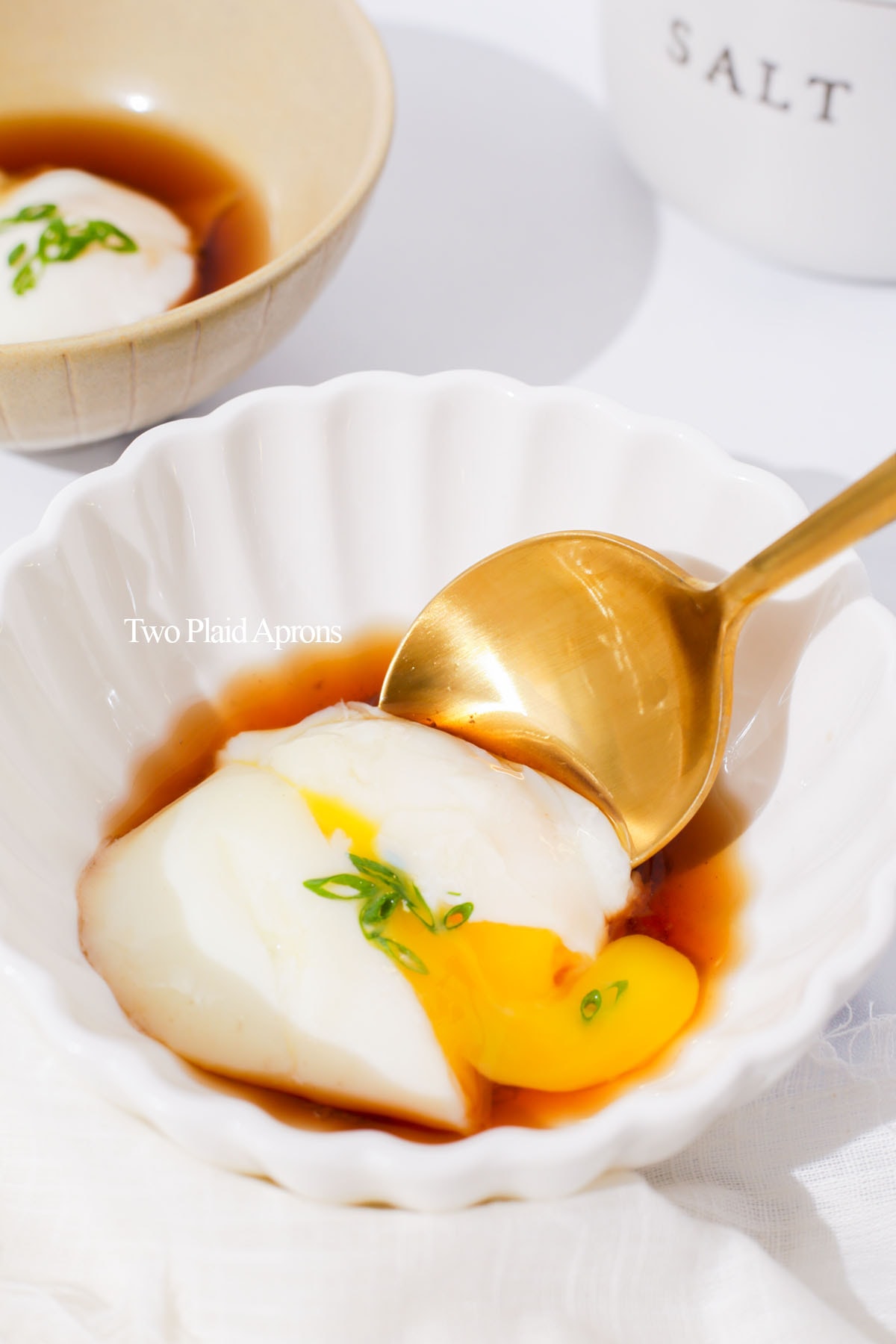
FAQ
Onsen egg is kind of like a poached egg in the sense that they both are cooked in water, the whites are set, and the yolk is runny. However, onsen egg is cooked slowly and gently in hot water, with the shell on, to achieve a custard-like, delicate egg white and runny egg yolk.
Onsen egg doesn't require peeling. Instead, you want to gently crack the egg, as if you are cracking a raw egg. Then, gently let the egg roll out of the shell. The more onsen eggs you open, the better and more perfect the onsen eggs will release from the shell.
Yes! The hot spring cooking process is basically a natural sous vid machine. Keep the sous vide temperature at 165°F and let the eggs cook for about 14 minutes. Then, finish by shocking the eggs in ice water. Do avoid letting the eggs touch the heat source of the sous vide machine (like the Instant Pot) or the eggs may overcook.
If you’ve made this recipe or any recipes from our blog, please tag us on Instagram using #twoplaidaprons! You can also tag us in your Instagram stories using @two_plaid_aprons. We would love to see your creations! It absolutely makes our day! 🥰
📖 Recipe
Onsen Tamago (Japanese Hot Spring Egg)
Ingredients
For the eggs:
- 6 large eggs cold
- 6 cups water
- 1 cup water room temperature (70-78°F)
For the seasoned dashi broth:
- ½ cup water
- 2 tablespoons mirin
- 1 tablespoon soy sauce light sodium
- ½ teaspoon hondashi powder
- Green onion thinly sliced (optional for garnish)
Instructions
- In a saucepan, bring 6 cups of water to a boil. Remove the saucepan from the heat and add the remaining 1 cup of water.
- Gently place the eggs into the hot water and cover the saucepan. Let the eggs sit for 18 to 19 minutes, then remove them from the hot water.
- Let the eggs cool for about 5 to 10 minutes, or until comfortable to handle.
- While waiting, combine the water, mirin, soy sauce, and hondashi powder into a saucepan. Over medium high heat, bring everything to a boil, then set aside until needed.
- When the eggs are cool enough to handle, gently crack the egg into a serving bowl. Drizzle about 2 tablespoons of the seasoned dashi broth around the onsen egg and garnish with green onions.
- Enjoy warm, room temperature, or cold, as a side or for breakfast! Leftover eggs can be stored in the fridge for up to 2 days.
Notes
- Although a thermometer is not necessary, it does help keep the water's temperature accurate. After adding the eggs, it is most ideal if the water stays between 165°F to 175°F.

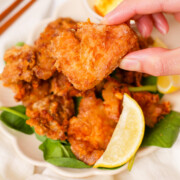
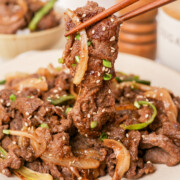

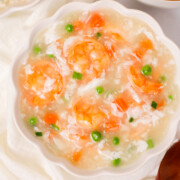
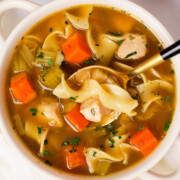
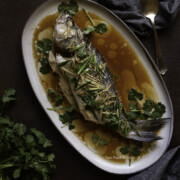
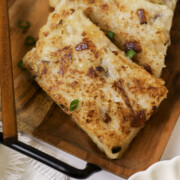
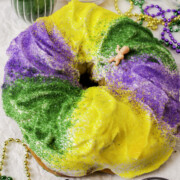
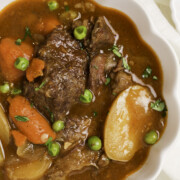
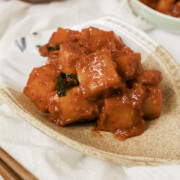
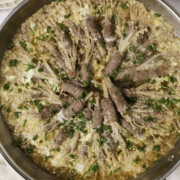
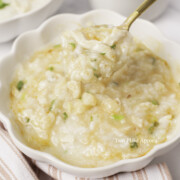
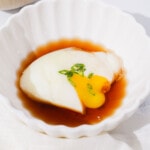



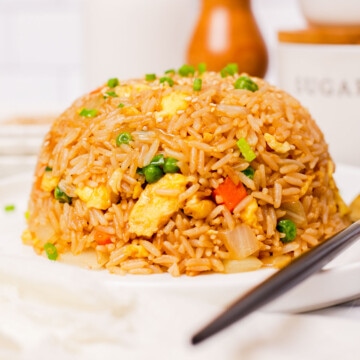
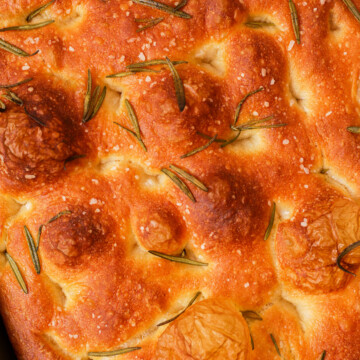
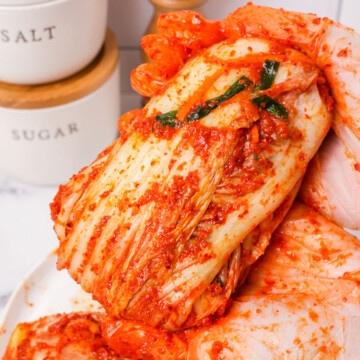
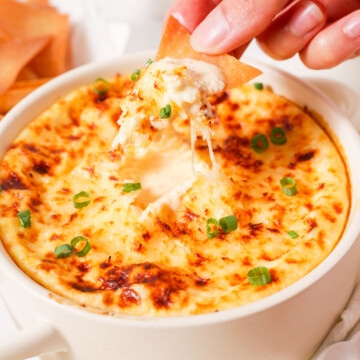
Comments
No Comments